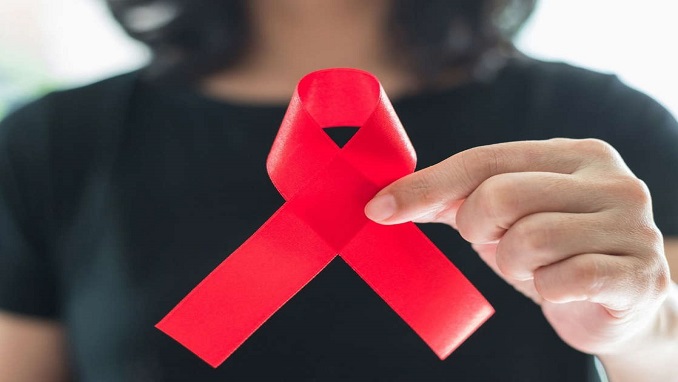
A new treatment appears to have cured a woman of HIV for the first time ever.
Scientists reported that for the first time, a woman was cured of HIV, making her the third person ever to be cured. The woman is mixed race, meaning that the method successfully used could lead to more racially diverse people being cured than previously believed possible.
AIDS expert Dr. Steven Deeks said the fact that the cured patient was a mixed-race woman is both important scientifically, as well as important in terms of community impact.
The majority of global HIV-positive people are women, however, women only make up a mere 11 percent of participants in cure trials. Scientists believe that AIDS develops differently in men and women. This has meant that women are largely underrepresented in finding a cure for AIDS, despite representing the majority of cases.
Her being mixed race is also important, because in the United States, Black people make up more than 40 percent of HIV cases. However, the majority of donors in registries are white. Allowing a partial match means the donor pool will broaden for people of color who so far have been left out.
The woman who received the new treatment process has not shown any signs of HIV for more than 14 months now. The new findings were presented at the Conference on Retroviruses and Opportunistic Infections.
Doctors are still cautious, and label her as being in remission. But if the treatment continues going as it has — and it is expected that it will — it will make her the third person ever, and the first woman ever, to be cured of HIV by scientists.
The method involves the use of umbilical cord blood from a donor. In 2017, she was also battling leukemia and received two transplants to fight cancer as well as HIV. Stem cells from a relative boosted her immune system in the process. The donor cord blood had a mutation that blocks HIV, but it was not an exact match.
Three years after her transplant, the woman stopped an HIV treatment that aims to reduce the amount of virus in the body called antiretroviral therapy. Doctors said that cells from cord blood are more adaptable to new environments because they are newborn cells.
The other two patients, both men, who have been cured of HIV used a more risky and invasive method that requires bone marrow transplants.




Be the first to comment